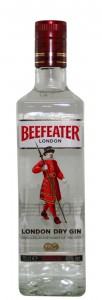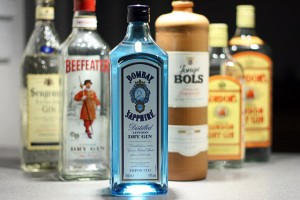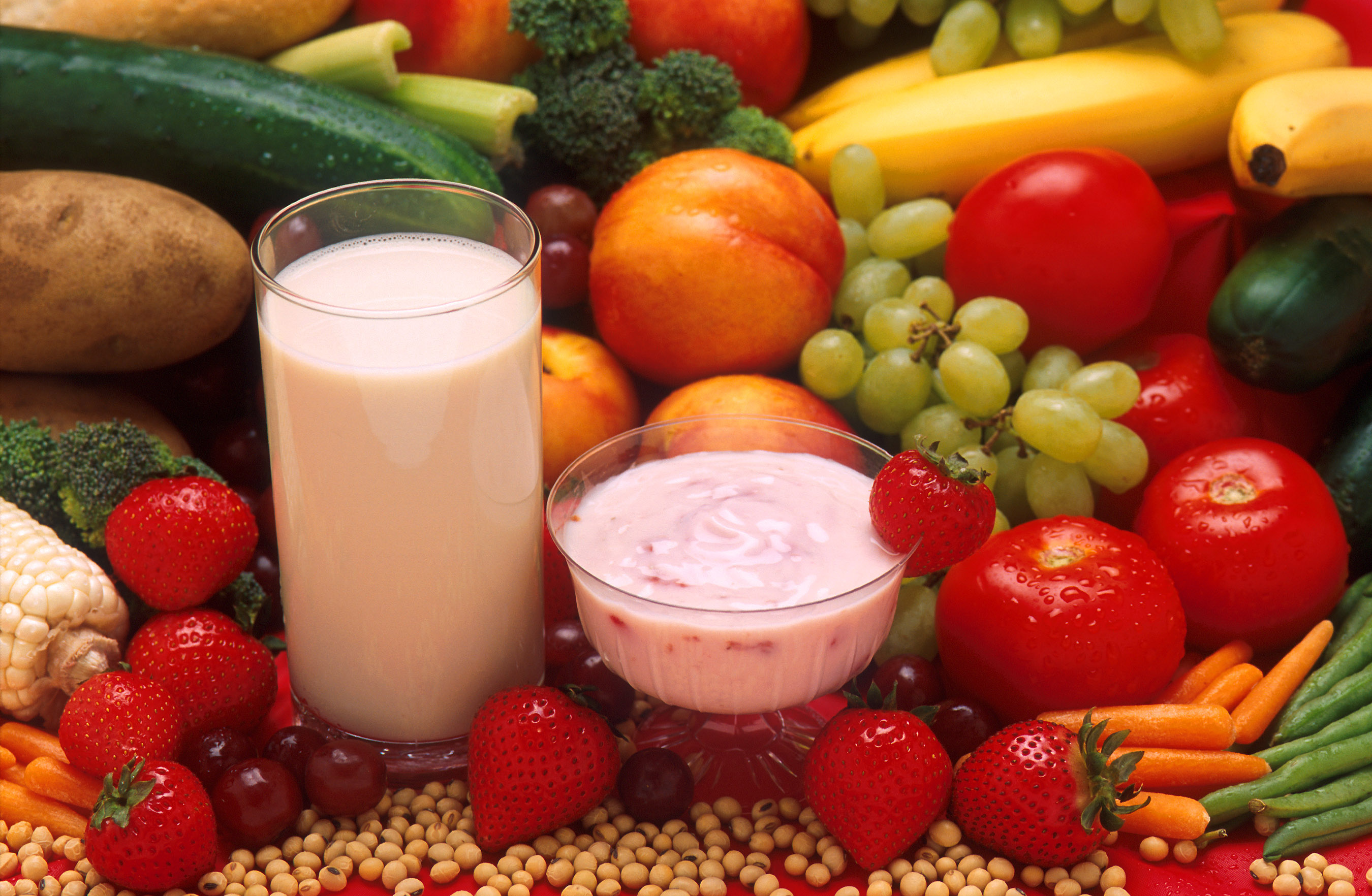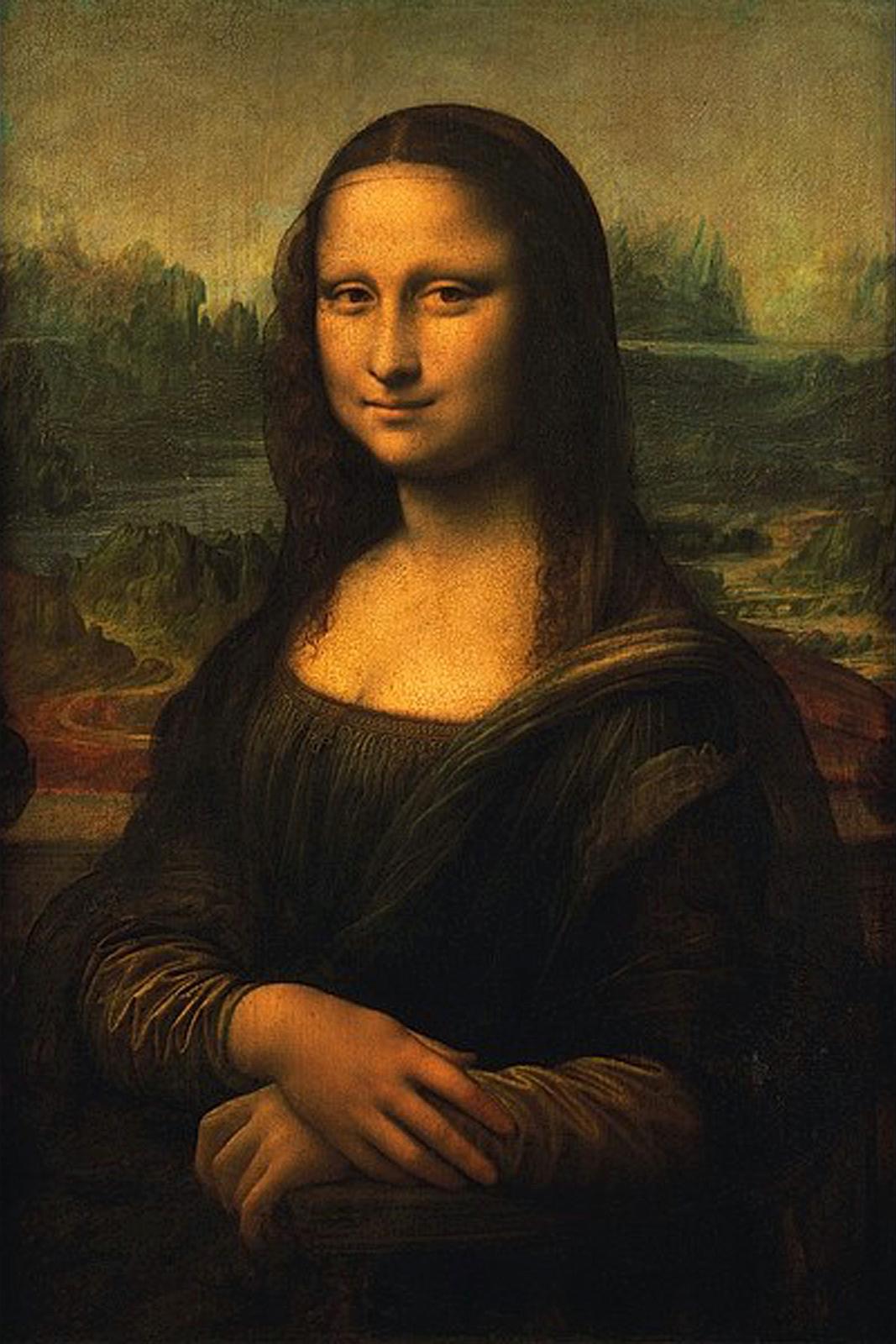Gin is a popular type of spirit. It’s taste is coming from juniper berries. According to researches, first Gin is started to be produced in Middle Ages and it’s used for healing the wounds for many years. Today it’s possible to find many alcoholic beverage types in Gin segment and juniper as a common ingredient in them. According to historians, Gin word is coming from French word genièvre. In the first half of 20th century, there were various production methods of Gin in Europe and U.S but then many countries set rules for production. How many types of Gin are there?
According to shares rule of Gin production in Europe and U.S, to call a beverage as Gin, neutral alcohol must be infused in juniper berries. There are some additional rules for flavoring the gin also. It was only possible to add natural flavorings in the first half of 1900s for releasing a beverage with Gin name but today companies don’t have to add natural flavorings only. There are also some sugar additions and coloring additions in today’s Gins.
Distilled Gin is the alcoholic beverage runs into distillation process. It’s used ethyl alcohol in it in distillation process. Companies use juniper berries and special botanicals for their Gin product also. All Gin products have different botanical and juniper berry addition levels and timings.
Gin is very strong in first distillation so it must be distilled several times for lighter tastes. Gin distillation process may left different tastes in Gin and it’s impossible to package such product in corporate companies so they add more alcohol or some special botanical to balance the taste. There were over 30 types of botanicals adding to Gin in 19th century but today rules are allowing 12 or 13 types totally. Each company has their own recipe to catch original taste.
London and Plymouth Gin is one of the most popular Gin types ever. It has thousands of varieties in the world today. Beside juniper berries, London Gin is flavored with natural citrus botanicals. Some of the natural citrus botanicals used in London Gin are bitter orange peels or lemon. Rules don’t allow adding alcohol or flavors after distillation. Plymouth gin is very similar to London Gin with some secret changes in original recipe and today it’s only possible to produce and sell Plymouth gin in Plymouth area by law.
Old Toms Gin was very popular in 1600s. It was the King William III’s reign in the last years of 1600s and it was hard to distill Gin many times because of war and poverty. It’s known as sweet gin also because producers tried to decrease the cost for cheap consumption. Producers used the grains and sugar in distillation and caught a taste close to Gin but it was not distilling for many times and not including herbs or other flavors. Old Toms Gin is disappeared in time but many companies today still releasing their own version of Old Toms Gin.
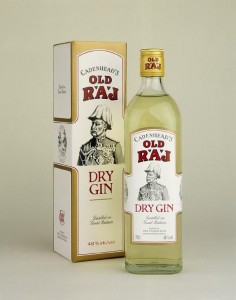
Dutch Genever is some different distillation and flavoring process than other gins. Many experts believe that whiskey producers decided to produce cheaper beverages and found that Gin can be produced with similar ways of Whisky production. They used rye, wheat, barley and corn for producing Dutch Genever, they malted and fermented them for Gin like Whisky. Most important difference between Dutch genever and classic Gin is distillation process. While Gin is distilling in barrels, Dutch Genever can be distilled in pots. Today it’s very rare to find companies producing Dutch Genever and none of bartenders are adding Dutch Genever to their cocktails.
